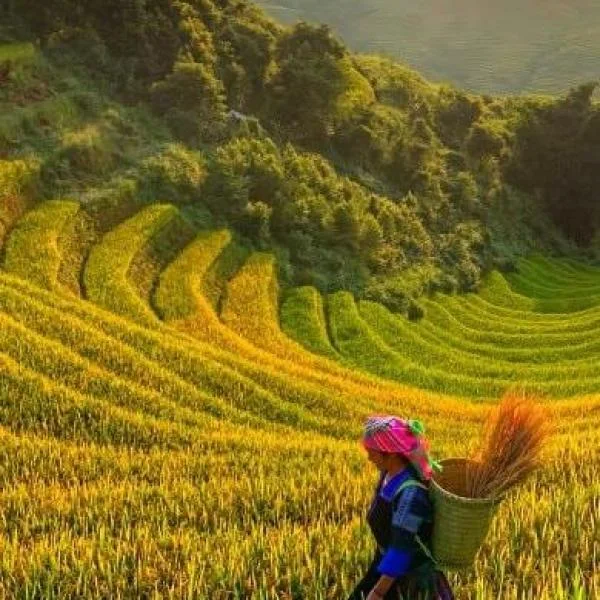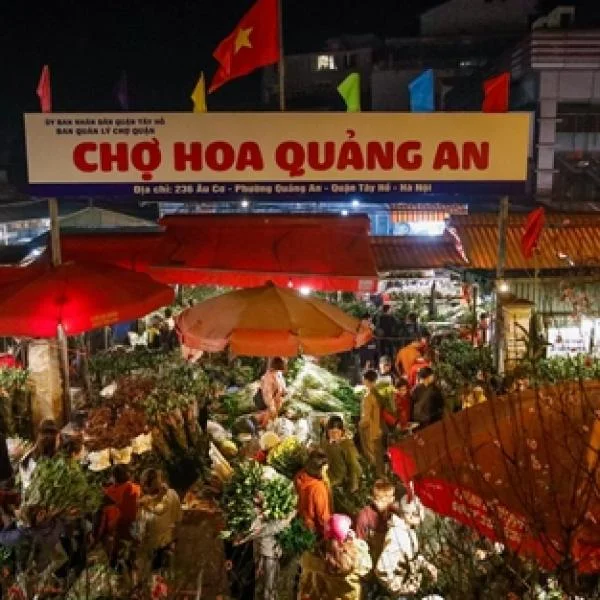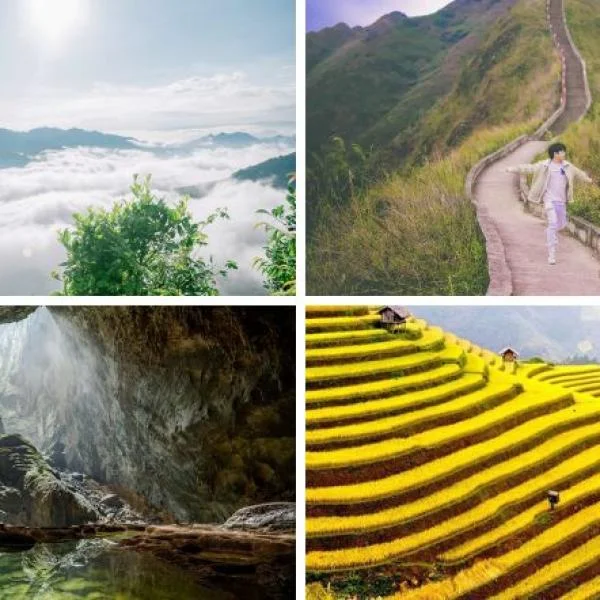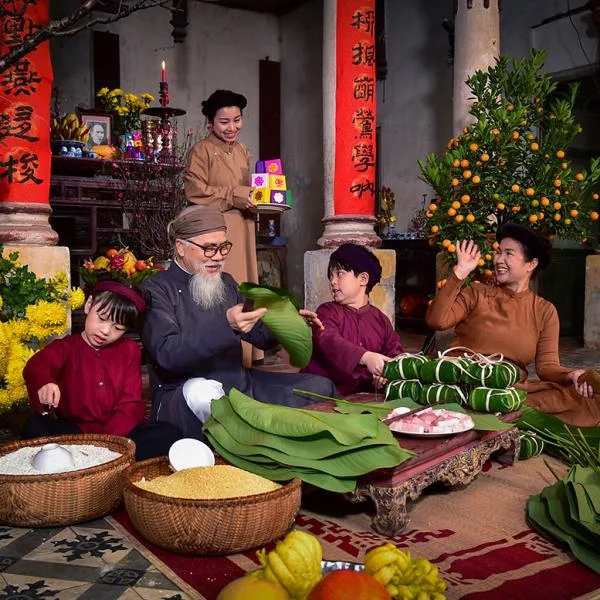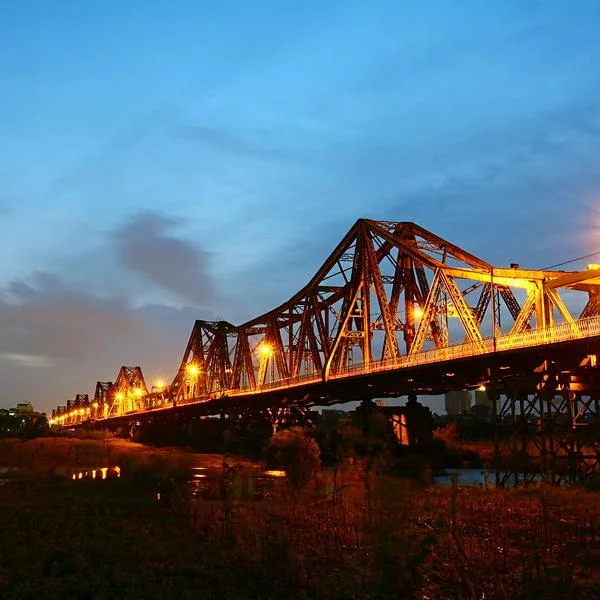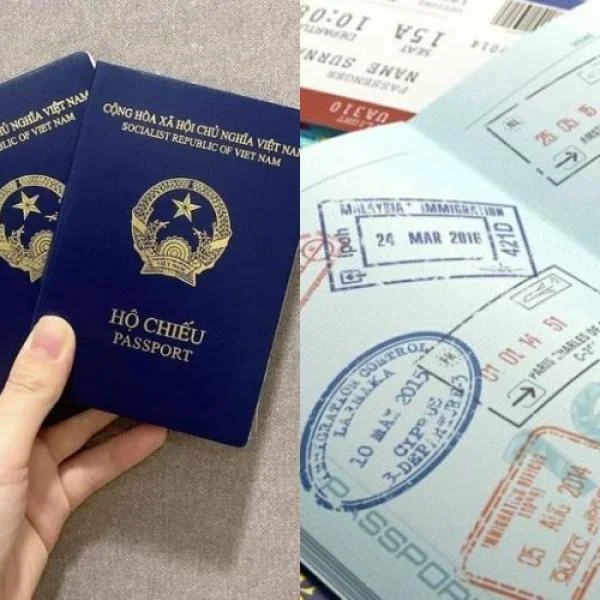Vietnam's UNESCO World Heritage Sites: A Journey Through Time and Culture
Vietnam's UNESCO World Heritage Sites: A Journey Through Time and Culture
Vietnam, a land steeped in history, culture, and breathtaking natural beauty, is home to eight UNESCO World Heritage Sites. These remarkable places offer a glimpse into the country's rich past, diverse landscapes, and unique cultural heritage. Join us as we explore Vietnam's most iconic UNESCO-listed destinations, perfect for history buffs, nature lovers, and adventure seekers alike.
Why Visit Vietnam's UNESCO Sites?
Vietnam's UNESCO World Heritage Sites showcase:
- Stunning natural landscapes
- Rich historical significance
- Unique cultural traditions
- Architectural marvels
- Biodiversity hotspots
Whether you're planning a cultural tour, eco-adventure, or photographic journey, Vietnam's UNESCO sites offer unforgettable experiences for every type of traveler.
Vietnam's 8 UNESCO-Listed Gems
Vietnam boasts a diverse array of UNESCO World Heritage Sites, including five cultural, two natural, and one mixed site. Let's delve into each of these remarkable destinations:
1. Ha Long Bay (Natural Heritage Site)
Location: Quang Ninh Province, Northern Vietnam
Year of Inscription: 1994
Best time to visit: October to April
Ha Long Bay, Vietnam's most famous attraction, is a UNESCO natural wonder renowned for its thousands of limestone karsts and islets emerging from emerald waters.
Key features:
- Over 1,600 limestone islands and islets
- Unique biodiversity with numerous endemic species
- Traditional floating fishing villages
- Popular for kayaking, cave exploration, and luxury cruises
Pro tip: Book an overnight cruise to fully experience the bay's beauty at sunrise and sunset.
2. Hoi An Ancient Town (Cultural Heritage Site)
Location: Quang Nam Province, Central Vietnam
Year of Inscription: 1999
Best time to visit: February to July
This charming coastal town was a major trading port from the 15th to 19th centuries. Hoi An's well-preserved architecture, influenced by Chinese, Japanese, and European cultures, earned it a spot on UNESCO's World Heritage List.
Key attractions:
- Japanese Covered Bridge
- Ancient houses (Tan Ky, Phung Hung)
- Assembly Halls of Chinese congregations
- Traditional craft villages (lantern making, tailoring)
Don't miss: The monthly Lantern Festival, when the town is illuminated by colorful lanterns.
3. Complex of Hue Monuments (Cultural Heritage Site)
Location: Thua Thien-Hue Province, Central Vietnam
Year of Inscription: 1993
Best time to visit: February to April
The Hue Imperial Citadel served as the capital of the Nguyen dynasty from 1802 to 1945. This sprawling complex of palaces, temples, and fortifications is a testament to Vietnam's imperial past.
Key sites:
- Imperial City (Hoang Thanh)
- Forbidden Purple City (Tu Cam Thanh)
- Royal tombs (Minh Mang, Tu Duc, Khai Dinh)
- Thien Mu Pagoda
Insider tip: Take a dragon boat ride on the Perfume River to visit the royal tombs.
4. Phong Nha-Ke Bang National Park (Natural Heritage Site)
Location: Quang Binh Province, Central Vietnam
Year of Inscription: 2003
Best time to visit: April to August
Home to the world's largest cave, Son Doong, Phong Nha-Ke Bang National Park is a UNESCO natural wonder. This park boasts a diverse ecosystem, with towering limestone karsts, lush rainforests, and underground rivers.
Highlights:
- Son Doong Cave (world's largest cave)
- Paradise Cave
- Phong Nha Cave system
- Trekking and wildlife spotting opportunities
Adventure seekers: Book the multi-day Son Doong Cave expedition for a once-in-a-lifetime experience.
5. My Son Sanctuary (Cultural Heritage Site)
Location: Quang Nam Province, Central Vietnam
Year of Inscription: 1999
Best time to visit: February to April
This ancient Hindu temple complex was once the religious capital of the Champa kingdom. The ruins of My Son, nestled in a valley surrounded by mountains, offer a glimpse into Vietnam's rich cultural heritage.
Key features:
- Over 70 architectural works
- Unique Champa architecture
- Ancient Sanskrit inscriptions
- On-site museum with artifacts
Photography tip: Visit early morning for the best lighting and fewer crowds.
6. Trang An Landscape Complex (Mixed Heritage Site)
Location: Ninh Binh Province, Northern Vietnam
Year of Inscription: 2014
Best time to visit: September to November
Trang An is a breathtaking landscape of limestone karsts, rice paddies, and rivers. The area is famous for its boat trips through hidden caves and serene lagoons.
Must-see attractions:
- Tam Coc-Bich Dong scenic area
- Hoa Lu ancient capital
- Bai Dinh Pagoda
- Mua Cave viewpoint
Eco-friendly option: Explore the area by bicycle to immerse yourself in the rural landscape.
7. Central Sector of the Imperial Citadel of Thang Long - Hanoi (Cultural Heritage Site)
Location: Hanoi, Northern Vietnam
Year of Inscription: 2010
Best time to visit: October to December
The Thang Long Imperial Citadel was the political center of Vietnam for over a thousand years. This UNESCO site offers a glimpse into the country's rich history and cultural heritage.
Key areas:
- Archaeological site at 18 Hoang Dieu Street
- Hanoi Flag Tower
- Doan Mon Gate
- Kinh Thien Palace foundations
History buffs: Don't miss the on-site museum showcasing artifacts from various dynasties.
8. Citadel of the Ho Dynasty (Cultural Heritage Site)
Location: Thanh Hoa Province, Northern Vietnam
Year of Inscription: 2011
Best time to visit: October to April
This lesser-known UNESCO site is located in Thanh Hoa province. Built in the 14th century, the citadel showcases a unique blend of Vietnamese and Chinese architectural styles.
Notable features:
- Impressive stone walls
- Four main gates with unique architecture
- Nam Giao Altar (for heaven worship ceremonies)
- Surrounding Don Son mountain range
Off-the-beaten-path: Combine a visit here with nearby Pu Luong Nature Reserve for a less touristy experience.
Planning Your UNESCO Heritage Tour in Vietnam
When planning your visit to Vietnam's UNESCO World Heritage Sites, consider:
- Seasonal variations: Each region has different optimal visiting times.
- Transportation: Domestic flights, trains, and buses connect major sites.
- Guided tours: Local experts can provide in-depth historical and cultural context.
- Responsible tourism: Follow guidelines to help preserve these important sites.
- Accommodation: Book eco-friendly or heritage hotels for an immersive experience.
Conclusion
Vietnam's UNESCO World Heritage Sites offer a diverse range of experiences, from exploring ancient ruins to cruising through breathtaking landscapes. These sites not only showcase Vietnam's natural beauty and historical significance but also provide a window into the country's unique culture and traditions. Whether you're interested in history, culture, or nature, Vietnam's UNESCO sites promise unforgettable adventures and insights into this fascinating country's heritage.
By visiting these remarkable locations, travelers contribute to the preservation and appreciation of Vietnam's cultural and natural treasures. Plan your UNESCO heritage tour in Vietnam today and embark on a journey through time, culture, and natural wonders!



